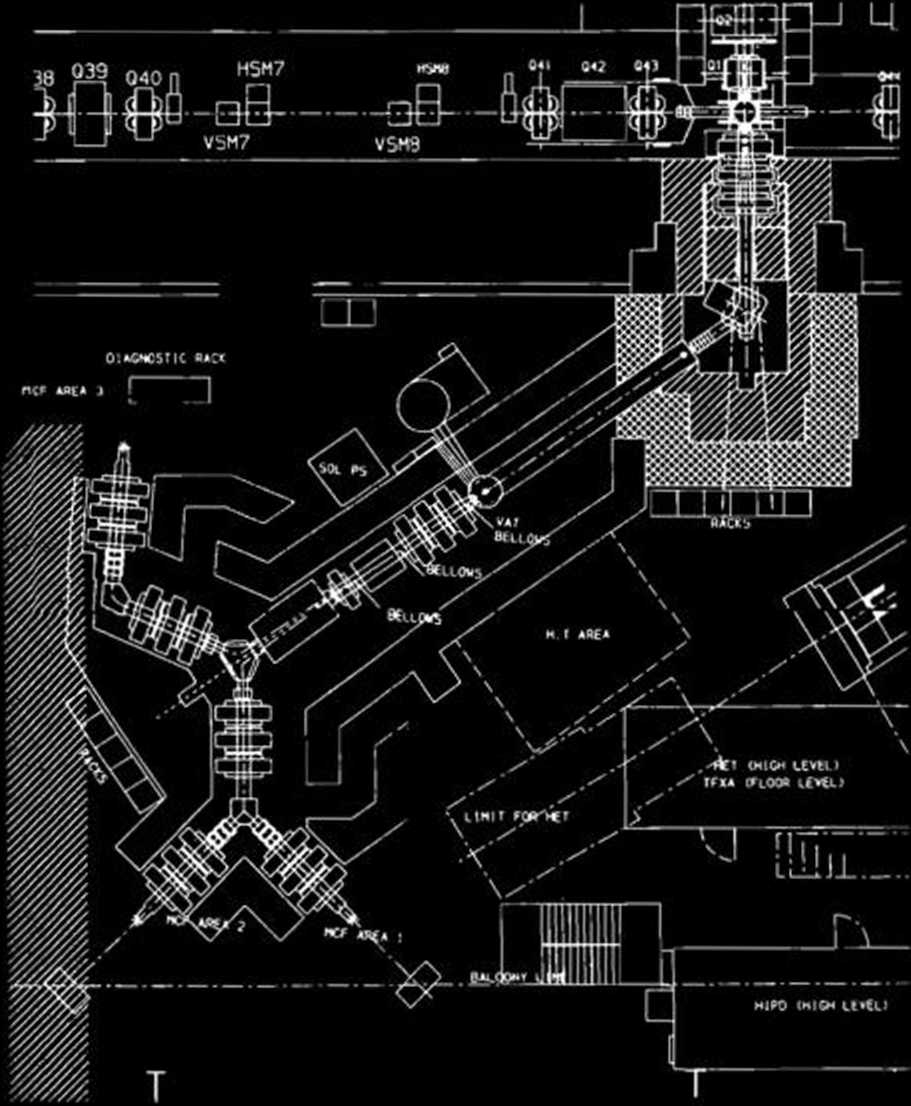372596166
138
RIKEN Accel. Próg. Rep. 24 (1990)
V-l-4. RIKEN (Japan)-RAL (U.K.) Collaboration on Muon Science Research
K. Nagamine, T. Matsuzaki, and K. Ishida
In order to promote fundamental studies as well as applications of scientific research using unstable elementary particie called muons (//*, with life time of 2.2 //s), RIKEN has now started an international collaboration program with the Rutherford Appleton Laboratory (RAL), the largest science research laboratory in U.K. The agreement has been signed between RIKEN and SERC in September 29, 1990.
The goal of the research program is to develop various types of muon science, whose prominent examples are as follows: (a) muon catalyzed fusion, fundamental understandings and applica-tion toward energy resources; (b) non-destructive element analysis, application to various Sciences including medical diagnostics; (c) muon spin rota-tion, relaxation and resonance, application to characterizations of new materials including high Tc superconductors.
In order to realize these muon science experi-ments, RIKEN has already started to construct a new muon generating beam channel as well as experimental facilities at the accelerator laboratory called ISIS at RAL which contains a proton synchrotron producing the strongest pulsed pro-tons in the world. The beam channel contains a large solid-angle pion collector, a large supercon-ducting solenoid where pion decays into muon under a strong confinement field and an advanced muon collector with an electrostatic separator removing background particles and an rf magnetic kicker to feed muon pulses into two experimental ports simultaneously. The con-struction of the beam channel will be carried out in the period from 1990 to 1993, followed by the construction of basie experimental instruments such as a set-up for muon catalyzed fusion exper-iment. For all of these purposes, the Japanese government approved for RIKEN the first 40% of the total budget of 1.7 billion yen for the fisical 1990-1992. The proposed layout is shown in Fig. 1.

Fig. 1. Proposed layout for the RIKEN-RAL muon beem channel.
Wyszukiwarka
Podobne podstrony:
92 RIKEN Accel. Próg. Rep. 24 (1990)111-5. Instrumentation1. Design of a Microbeamline for a Compact
94 RIKEN Accel. Próg. Rep. 24 (1990)111-5-2. Design of a Decay Muon Channel Using an Axially Symmetr
102 RIKEN Accel Próg. Rep. 24 (1990)111-5-8. Performance of Isotopic Separation in RIPS T.Nakamura,
103 RIKEN Accel. Próg. Rep. 24 (1990)111-5-9. Test Experiment of the GARIS/IGISOL K. Morita, T. Nomu
105 RIKEN Accel. Próg. Rep. 24 (1990)111-5-10. Velocity Distribution of IGISOL lon Beams M. Koizumi,
108 RIKEN Accel. Próg. Rep. 24 (1990)111-5-12. Status Report of the RIKEN Swinger-Magnetic Analyzer
110 RIKEN Accel. Próg. Rep. 24 (1990)111-5-14. Test for Dispersive-Mode Beam Transportto the SMART
116 RIKEN Accel. Próg. Rep. 24 (1990)111-5-19. Responses of Large Position-Sensitive Detectorsto Hea
121 RIKEN Accel. Próg. Rep. 24 (1990)IM-5-23. A Test for SMART Neutron Detectors H. Orihara, K. Hata
RIKEN Accel. Próg. Rep. 24 (1990)111-5-25. High Speed Serial Data Link for PC-9801 J. Fujita > PC
129 RIKEN Accel. Próg. Rep. 24 (1990)IV-2. Cross Section Data for 68Ge ProductionY. Tendow, A. Hashi
132 RIKEN Accel. Próg. Rep. 24 (1990)IV-5. Cross Sections Calculated by an ALICE Codęin the A = 50 —
133 RIKEN Accel. Próg. Rep. 24 (1990)V. DEVELOPMENT OF ACCELERATOR FACILITIES1. lon Accelerator Deve
5 RIKEN Accel. Próg. Rep. 24 (1990)11-2. RILAC Operation Y. Chiba, M. Hemmi, M. Yanokura, M. Kasę, E
158 RIKEN Accel. Próg. Rep. 24 (1990)V-2-ll. Bump Magnet of SPring-8 H. Miyade, H. Takebe, and S. Mo
160 RIKEN Accel. Próg. Rep. 24 (1990)V-2-12. Measurement of a 508 MHz Model Coupler forthe SPring-8
168 RIKEN Accel. Próg. Rep. 24 (1990)V-2-16. All-Metal Gate Valve with an RF Contact S. Yokouchi, K.
174 RIKEN Accel. Próg. Rep. 24 (1990)V-2-20. Performance Test of Lumped NEG PumpS.R. In,1 T. Maruyam
więcej podobnych podstron